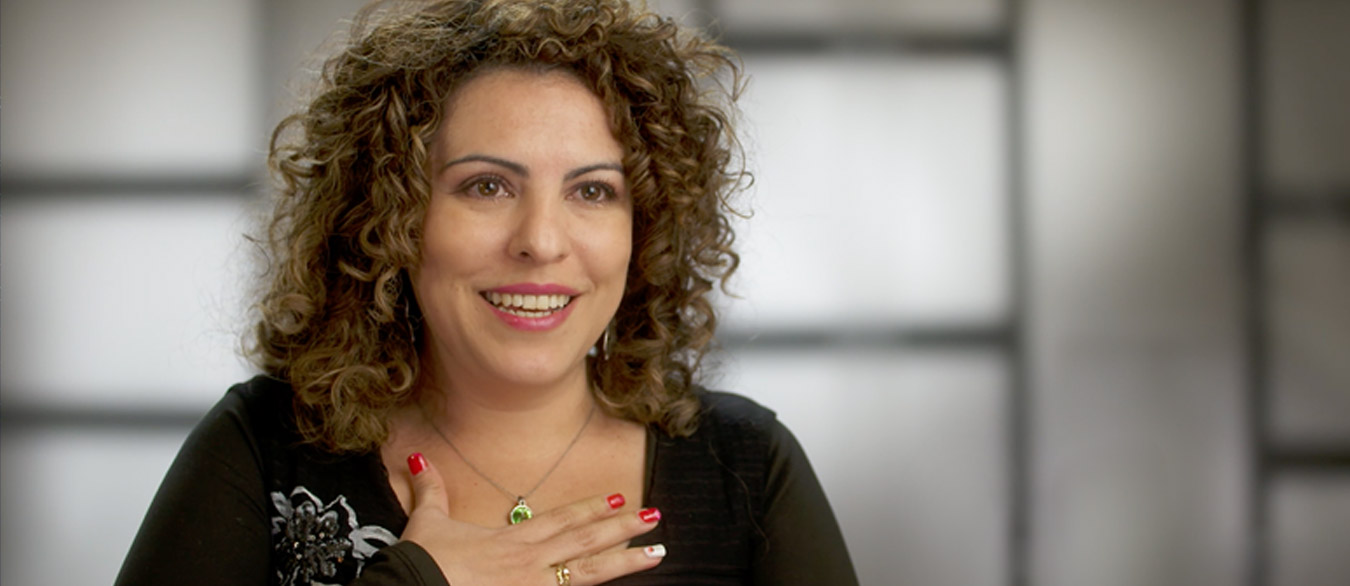Five Radiologists Speak Out for Annual Mammograms

Saving Lives, Minimizing Invasive Treatments
“It’s an undisputed fact, and I don’t think anyone would disagree, that annual screening mammograms saves the most lives,” says Dr. Harriet Borofsky of Mills-Peninsula, one of five radiologists featured in this short video: Why Mammography?
Unfortunately, according to Dr. Matthew Covington of Washington University, even physicians are confused about how often they should get a mammogram. As you’ll hear, he says: “I think there is a lot of confusion that exists in society today, even among physicians I interact with. They will ask me, ‘Are we supposed to get a mammogram every year?’ This is something that we need a clear answer on for our patients. We as radiologists do feel strongly that annual mammography is in the best interest of our patients, and that’s what we advocate and what I personally advocate.”
The vast pool of clinical data supports what Drs. Borofsky, Covington and the three other radiologists in this video advocate:
- According to National Cancer Institute data, since mammography screening became widespread in the 1980s, the U.S. breast cancer death rate—unchanged for the previous 50 years—has dropped nearly 40 percent.
- A study published in Cancer Epidemiology, Biomarkers & Prevention shows mammography screening cuts the risk of dying from breast cancer nearly in half.
- Perhaps the largest (Hellquist et al.) and longest running (Tabar et al.) breast cancer screening studies in history reconfirmed that regular screening cuts breast cancer deaths by roughly a third in all women ages 40 and over (including women ages 40-49).
And in fact, two major organizations—The American College of Radiology (ACR) and Society of Breast Imaging (SBI)—recommend that women start getting annual mammograms at age 40, with the American Cancer Society (ACS) and U.S. Preventive Services Task Force (USPSTF) agreeing that this approach saves the most lives. As Dr. Borofsky points out: “We know that the incidence of breast cancer goes up in a linear fashion, just like that graph when we were in school, at about the age of 35.”
“If we can find something for you at a very early time, we can minimize therapy that is needed. We can prevent you from losing your hair, we can prevent you from even needing chemotherapy in many, many cases. That allows you to get through it all very quickly and get back to your life.”
There’s another enormous benefit for encouraging your patients ages 40 and over to get annual mammograms: Yearly mammograms help detect cancer at an earlier stage, when it is most treatable. As Dr. Linda Greer of HonorHealth, notes:
“If we can find something for you at a very early time, we can minimize therapy that is needed. We can prevent you from losing your hair, we can prevent you from even needing chemotherapy in many, many cases. That allows you to get through it all very quickly and get back to your life.” And says Dr. Jacqueline Holt of Christiana Care: “The randomized control trial shows that yearly mammography saves lives. Yearly mammography is very important, and the women who do the best and have the earliest diagnoses and the best treatment options are screened every year.”
So if your patients are asking you, “Why do I need a mammogram?”, tell them what Dr. Claudia de Moral of Mexico, our last radiologist featured in this video, says: “I think that the most important message to send across is that mammography can save your life. It can save you from a mastectomy, it can save you from a year of chemotherapy. And it only takes 5 or 6 minutes out of your day once a year, and it can save you and all your loved ones.”
https://www.acraccreditation.org/Mammography-Saves-Lives/Research

